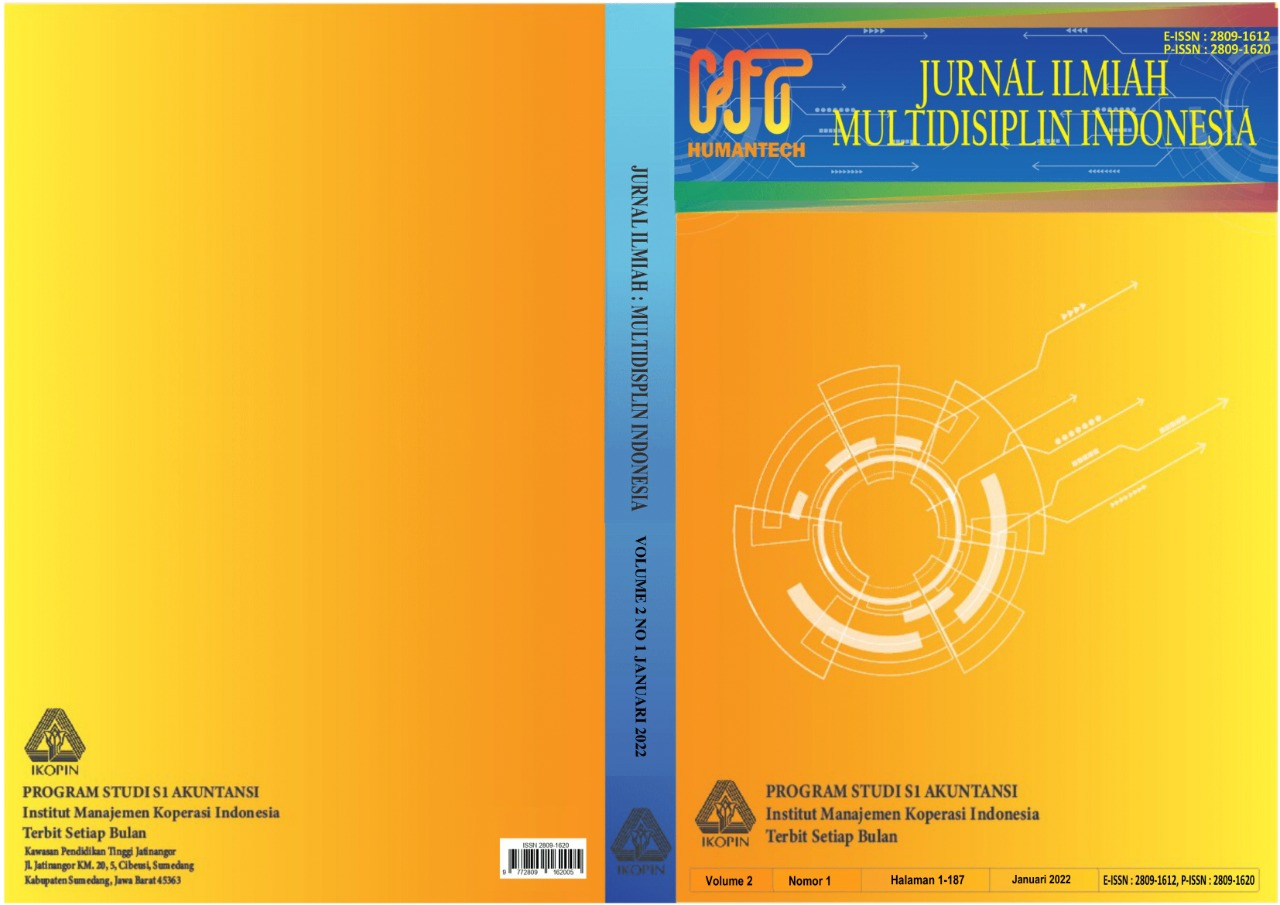Analisis emisi karbondioksida ditinjau dari penggunaan kendaraan berbasis aplikasi di Kecamatan Sukolilo Surabaya
Main Article Content
Abstract
Motor vehicles that are often used can have a serious impact, especially on the
environment. Congestion, noise and exhaust emissions caused by uncontrolled
use of motor vehicles. The research method used is a quantitative method that
performs CO2 emission calculations using the Mobile 6 equation and performs
data analysis with regression tests using the SPSS Version 19 program and
conducts interviews on 59 vehicle users taken at random sampling. The total
results of CO2 emissions conditions before the covid-19 pandemic on Jalan
Nginden Semolo amounted to 1670088.568 kg / year, on Jalan Arief Rahman
Hakim amounted to 3287922.045 kg / year while on Jalan Kertajaya Indah
amounted to 4129273.85 kg / year. So that the total CO2 emissions in Sukolilo
Subdistrict amounted to 9087284,469 kg / year. Changes in CO2 emissions
occurred in the form of the transfer of CO2 emissions from private vehicles to
online motorcycles and online cars by 17.01% (25,412.03 tons of CO2/year) and 14.9% (22,300.35 tons of CO2/year) respectively. The selection of online
motorcycles turned out to have one factor that had a significant effect, namely
the traffic congestion factor. As for the selection of online cars is influenced by
2 significant factors, namely the limitation factor of parking space and more
comfortable for travel.
Article Details
References
Abdullah, T., & Boedisantoso, R. (2019). Perhitungan Ruang Terbuka Hijau Berdasarkan
Emisi Karbon Dioksida. Jurnal Pijar Mipa, 14(1), 95.
https://doi.org/10.29303/jpm.v14i1.997
Aisy, J. R. (2018). Kajian Penerapan Program Ganjil-Genap untuk Mengurangi Beban
Emisi Gas CO2, SO2, dan NO2 dari Sektor Transportasi di Kota Surabaya (Issue
. https://repository.its.ac.id/53185/
Analisa faktor–faktor yang mempengaruhi pemilihan moda transportasi penduduk kerja
di kecamatan sukmajaya depok menuju tempat kerja dengan menggunakan metode.
(n.d.). 1–18.
Anindhita, W., Arisanty, M., & Rahmawati, D. (2016). Prosiding Seminar Nasional
INDOCOMPAC ANALISIS PENERAPAN TEKNOLOGI KOMUNIKASI TEPAT
GUNA PADA BISNIS TRANSPORTASI OJEK ONLINE (Studi pada Bisnis Gojek
dan Grab Bike dalam Penggunaan Teknologi Komuniasi Tepat Guna untuk Mengembangkan Bisnis Transportasi). 2, 712–729.
Badan Lingkungan Hidup Pemerintah Surabaya. (2016). Laporan Akhir I nventarisasi
Em isi Gas Rum ah K aca ( GRK ). 81.
Bǎlan, M., & Vasile, V. (2013). Measures to reduce transportation greenhouse gas
emissions in Romania. Quality - Access to Success, 14(SUPPL. 1), 306–310.
Bayu, D., Dharmowijoyo, E., & Tamin, O. Z. (2010). Pemilihan metode perhitungan
pengurangan emisi CO2 sektor transportasi. 10(3), 245–252.
Brander, M. (2012). Greenhouse Gases , CO2 , CO2e , and Carbon : What Do All These
Terms Mean? Ecometrica, August, 3.
Ellaway, A., Macintyre, S., Hiscock, R., & Kearns, A. (2003). In the driving seat:
Psychosocial benefits from private motor vehicle transport compared to public
transport. Transportation Research Part F: Traffic Psychology and Behaviour,
(3), 217–231. https://doi.org/10.1016/S1369-8478(03)00027-5
Eprilianto, D. F. (2015). Service Performance Indicator Sebagai Upaya Peningkatan
Kualitas Pelayanan Publik di Stasiun Lempuyangan Yogyakarta. Natapraja, 1(1),
–74. https://doi.org/10.21831/jnp.v1i1.3462
Fahrizal, M. S. (2016). Analisis pertumbuhan penggunaan pesawat terhadap beban emisi
karbon bandar udara internasional juanda.
Fuhaid, N. (2011). Pengaruh medan magnet terhadap konsumsi bahan bakar dan kinerja
motor bakar bensin jenis daihatsu hijet 1000. Proton, 3(2), 26–31.
Handriyono, R. E., & Kusuma, M. N. (n.d.). Estimasi beban emisi so 2 dan no. x, 19–24.
Hidup, K. L. (2014). Form pengendalian pencemaran udara.
Hiscock, R., Macintyre, S., Kearns, A., & Ellaway, A. (2002). Means of transport and
ontological security: Do cars provide psycho-social benefits to their users?
Transportation Research Part D: Transport and Environment, 7(2), 119–135.
https://doi.org/10.1016/S1361-9209(01)00015-3
Jaya, A. E. P., & Yuwono, Y. (2014). Aplikasi Sistem Informasi Geografis (Sig) Untuk
Sebaran Beban Emisi Co2 Berdasarkan Kepadatan Lalu Lintas Di Kota Surabaya
Bagian Selatan. Geoid, 9(2), 174. https://doi.org/10.12962/j24423998.v9i2.755
Kementerian Lingkungan Hidup dan Kehutanan Republik Indonesia. (2018). Baku Mutu
Emisi Bagi Usaha dan/atau Kegiatan Industri Pupuk dan Industri Amonium Nitrat.
–52.
Kementrian Lingkungan Hidup. (2010). Peraturan Menteri Negara Lingkungan Hidup
Nomor 12 Tahun 2010 Tentang Pelaksanaan Pengendalian Pencemaran Udara Di
Daerah. Pelaksaan Pengedalian Pencemaran Udara Di Daerah Menteri Negara
Lingkungan Hidup, 1–199. www.menlhk.go.id
Kusumawardani, D., & Navastara, A. M. (2018). Analisis Besaran Emisi Gas CO2
Kendaraan Bermotor Pada Kawasan Industri SIER Surabaya. Jurnal Teknik ITS,
(2), 2–6. https://doi.org/10.12962/j23373539.v6i2.24392
Kusumawardani, D., Navastara, M., Perencanaan, D., & Teknik, F. (2017). 24392-61095-
-Pb. 6(2).
Lintangrino, M. C. (2016). From Agricultural and Livestock.
Lintangrino, M. C., & Boedisantoso, R. (2016). Inventarisasi Emisi Gas Rumah Kaca
Pada Sektor Pertanian dan Peternakan di Kota Surabaya. Jurnal Teknik ITS, 5(2).
https://doi.org/10.12962/j23373539.v5i2.16528
Lopulalan, M. C. (2015). Determination of Specific Emission Factors for Estimating and
Mapping Carbon Footprint From Residentials and Solid Waste Sectors in Malang
District. 19–22.

